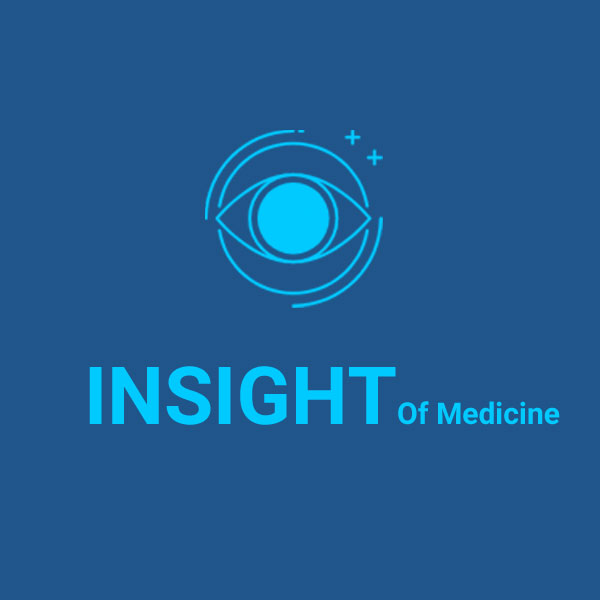1.Epigenetic regulation of early human embryo development
DOI: 10.1016/j.stem.2023.09.010
https://www.sciencedirect.com/science/article/pii/S1934590923003314
The passage talks about how our cells' "epigenomes" (which control gene activity without changing DNA) change a lot during the early days of embryo development. This is super important because it helps determine how the embryo grows. Think of it as a kind of molecular memory that tells cells about their past and helps decide what they'll become. After an egg is fertilized, the epigenomes of the sperm and egg reset to kickstart embryo development. Then, over a few days, the embryo goes through different stages, forming different cell types. Epigenetic processes play a big role in this, helping to shape the embryo's structure and prepare it for further development.
Studying this process in humans is tough, so scientists use models in the lab to understand it better. By figuring out how epigenetic processes work during early development, we can learn more about how embryos grow and what might go wrong. This knowledge can be used to tackle diseases and improve fertility treatments.
2.Genetics of Oocyte Maturation Defects and Early Embryo Development Arrest
DOI: 10.3390/genes13111920
https://www.mdpi.com/2073-4425/13/11/1920
This review targets female infertility, which affects millions of couples globally. About 37% of infertility cases are due to female factors. As more people seek help from assisted reproduction centers, techniques like IVF and ICSI offer hope to many women. However, some face repeated IVF or ICSI failures due to issues like poor ovarian response or problems with egg quality and development.
Female infertility can stem from various issues in egg production, such as problems with ovary development, egg maturation, or early embryo development. These issues can be caused by genetic, hormonal, surgical, or anatomical abnormalities in the reproductive system. Genetic factors, including chromosomal abnormalities, copy number variations, and gene mutations, play a significant role in reproductive disorders. Other genetic factors, like mitochondrial DNA and non-coding RNAs, also affect egg quality and embryo development, but their exact impact isn't fully understood yet.
3.Generating human blastoids modeling blastocyst-stage embryos and implantation
DOI: 10.1038/s41596-023-00802-1
https://www.nature.com/articles/s41596-023-00802-1
This review discusses the creation of human blastoids, which are structures resembling preimplantation embryos and can be generated from stem cells. These blastoids mimic the morphology and development of blastocysts and can reflect the transcriptional characteristics of early embryos. The method for generating blastoids is described, including the materials used and the timeline for their development. The study shows that blastoids can be formed using commercially available microwell plates and cultured in standard IVF medium. Importantly, blastoids can also be cryopreserved for shipping. Additionally, the passage explains how blastoids can mimic the process of implantation into endometrial organoids when stimulated with hormones. The protocol for creating blastoids is considered feasible for individuals with experience in stem cell and organoid culture. Overall, blastoids provide a valuable tool for scientific and medical research into early pregnancy and offer an ethical alternative to using embryos.
4.Self-patterning of human stem cells into post-implantation lineages
DOI: 10.1038/s41586-023-06354-4
https://www.nature.com/articles/s41586-023-06354-4
This study focuses on how the entire human body develops from a group of pluripotent embryonic cells, with support from surrounding tissues for nutrient transport and patterning signals. Investigating human development has been challenging due to limited access and ethical concerns, leading to gaps in understanding compared to model organisms. However, recent advances in in vitro stem cell models offer opportunities to study human embryogenesis more effectively. Despite existing models for post-implantation human development, many lack the essential extra-embryonic tissues that play a crucial role in establishing the human body plan. The passage introduces a new integrative system that captures interactions between early embryonic and extra-embryonic lineages, allowing self-organization into complex 3D structures. This system enables the study of critical features of human development, including the interaction of different cell types in supporting embryo patterning.
5.Parental genome unification is highly error-prone in mammalian embryos
DOI: 10.1016/j.cell.2021.04.013
https://www.cell.com/cell/fulltext/S0092-8674(21)00492-X
The article mainly discusses aneuploidy in human embryos and its association with the clustering of nucleoli at the pronuclear interface. It highlights that clustering of parental genomes with nucleoli is essential for the reliable unification of parental genomes after fertilization. The migration of intact pronuclei towards each other is facilitated by various cellular components, leading to the polarization of maternal and paternal chromosomes. This clustering of parental genomes ensures their rapid unification upon nuclear envelope breakdown. However, when clustering fails, chromosome segregation errors and micronuclei can occur, which are incompatible with healthy embryo development.







Post comments